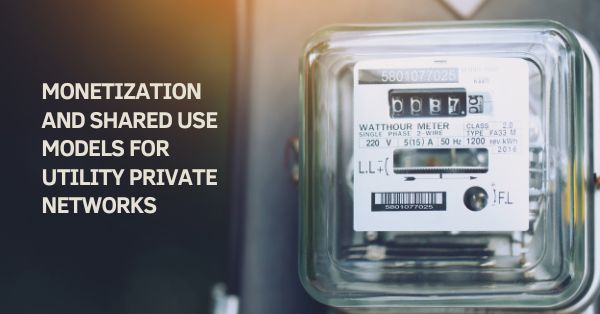NTT is collaborating with US software firm ServiceNow to create an “AI-enabled end-to-end workflow automation platform” for its private 5G (P5G) service for enterprises.
ServiceNow connected workflows to realize benefits of private 5G
NTT‘s P5G network-as-a-service (NaaS) platform, which went live in August 2021, uses a cloud-based LTE and 5G core network developed by Celona. The partnership with ServiceNow will build upon this existing PG5 solution to provide enterprises with a customized, vertical-specific, automated approach to P5G rollouts.
Vertical enterprise-specific workflows pre-built by ServiceNow are pre-integrated with NTT’s P5G platform to create a bundled service. Enterprises that are using private networks can speed up deployment by integrating workflows into the network itself. When enterprises deploy networks without integrated business processes, they don’t get the expected results.
Operational teams frequently deploy networks without regard for the business activities they enable. It minimizes the value of connectivity and doesn’t always address real business issues. The efficiency of the workflow process increases when they are integrated into the network.
To bridge the gap between their operations and P5G networks, businesses are now required to digitize new and existing business processes. However, automating operational service processes might be difficult. That is why ServiceNow created artificial intelligence-enabled workflow orchestration features to link people, procedures, and systems together.
Automating issue resolutions and cost allocation with workflows
Previously, network teams had to invest time and money in developing methods to link networks with back-office systems. Now, when a ServiceNow AI engine detects an issue, it can be turned into a workflow that is automated.
For example, manufacturing organizations must export massive quantities of data off the factory floor, which is a difficult task given the number of systems in use. NTT and ServiceNow have done much of the legwork for clients to understand difficulties and created logic using AI to achieve better results.
The machine efficiency index assesses the quality of components generated, production rate, labor hours, and other variables that might impact total manufacturing. A workflow can be devised based on the AI engine’s conclusion to assign the task to a technician, auditor, or another person. This implies IT no longer needs to manually link network data with back-office systems.
Another challenge that is being addressed is the cost of 5G and Wi-Fi in deployed networks, which must be divided among different departments within organizations. NTT and ServiceNow are enabling basic functions such as cost allocation to help businesses transition from piloting P5G to fully operational P5G networks.
——–
NTT’s private cellular as-a-service platform (P5G)
NTT’s P5G network-as-a-service (NaaS) platform uses a cloud-based LTE and 5G core network developed by Celona. The P5G platforms enable enterprises to build more agile corporate networks by allowing them to choose between cloud, on-premises, or near-edge deployment as a subscription-based service. It is available as containerized microservices to run on Microsoft Azure and Amazon Web Services. Using P5G, enterprises will have greater control over their network security and operations than they would with a carrier-based 5G solution.
The PG5 platform is being used in a variety of industrial IoT applications, in collaboration with a number of IoT application partners to bring high-value use case apps to market, such as AGVs, AR and VR-based digital worker platforms, and video analytics using machine vision. NTT also provides international roaming and IT services via its in-house brands NTT Transatel and NTT Data.
Group executive vice president of new ventures and innovation at NTT, Shahid Ahmed
“Digitising workflows is a prerequisite to any digital transformation journey. By combining the simplicity, control, and security of NTT’s P5G platform with the strength of ServiceNow’s industry-leading workflows, we can accelerate the value creation of private 5G for our clients and the industry at large.”, said Shahid Ahmed, group executive vice president of new ventures and innovation at NTT.
Chief customer and partner officer at ServiceNow, Lara Caimi
“Through our AI-powered workflow orchestration capabilities, ServiceNow is driving the control-tower for digital transformation by bringing people, processes and systems together to deliver powerful business outcomes. Together with NTT, ServiceNow will bring new use cases empowered by secure private 5G connectivity in a turn-key, ‘as-a-service’ consumption model. This will accelerate key business initiatives across various industry verticals.”, said Lara Caimi, chief customer and partner officer at ServiceNow.
Economic Impact and NTT’s Private 5G Survey
According to a survey of 200-odd “top executives” by NTT, 80 percent of chief information officers and “senior leaders” will deploy private 5G networks within the next 24 months. According to the survey, their primary motivation for deploying a private 5G network is to enhance security, dependability, and speed. The survey also noted that 90 percent of German, Japanese, British, and US executives expect private 5G to become the “standard network choice.”




























